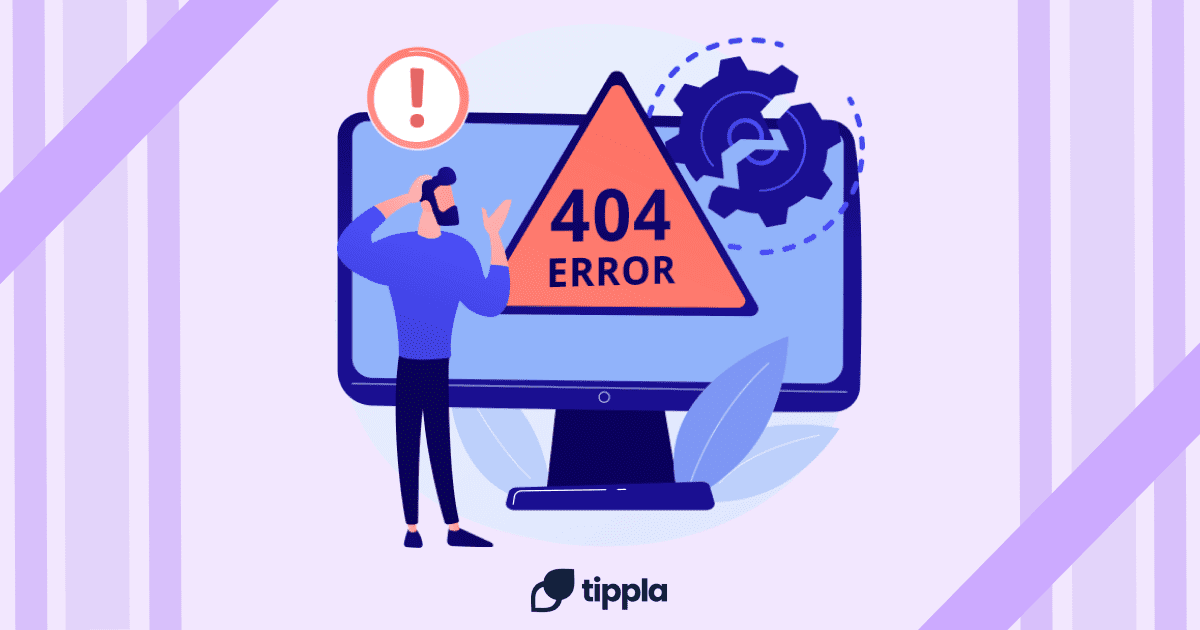Published in July 28, 2021
How to get out of a car loan

Sometimes buyers aren’t financially able to buy their vehicles upfront, so they generally go for the help of a car loan.
The simple way of explaining car loans is having money lent to you from another party, and you agree to pay the loan back in increments, with interest. The increments and amount of time you pay back the money is decided before receiving your loan.
What if you find yourself financially unable to keep up your payments? Don’t panic if you find yourself overwhelmed with your monthly payments. There are multiple options to help reduce your payments, to suit your financial situation. At the end of the day, your lender will most likely agree to decrease your payments as they need to receive the money. In the worst-case scenario, you will need to consider giving up your car.
Refinancing a car loan
An option you could consider if you’re finding it difficult to maintain your payments is to refinance your car loan. This means you’d have to replace your current loan with a new car loan. That new loan pays the old one, and you’d have a new lease agreement.
Why should I refinance a car loan?
You can save more money by refinancing a loan with a lower interest rate. Although your monthly payments may be less, having a long term loan could mean you’d pay more over the actual life of the loan.
Sometimes, refinancing a car loan could come with additional fees which can result in a negative effect on your credit score. However, if you are financially able to get better interest rates on a new car loan, or if you choose a longer-term loan, refinancing could be suitable for you.
How to refinance a car loan
Just like when you applied for your first car loan, you should compare interest rates and reviews before settling on an offer. It’s also best to check with your current lender to ensure you won’t be charged a prepayment fee for paying your loan early.
Whether it’s with a new institution or your current lender, you’d still need to sign a new loan agreement. The new loan will be paying off your old one, and in return, you’d have to begin making payments to your new loan.
Plan a thorough budget with Moneysmart to understand your spending habits and how much you can afford for your monthly payments.
Renegotiating a car loan
If you sense that you potentially might not be able to afford your current loan payments, it’s best to contact your lender and renegotiate the terms of your loan. Your chances are better if you contact your lender before you are completely unable to make your payments.
You should think of a realistic repayment plan for how much you can afford, to suggest to your lender. Although it’s not guaranteed they’ll agree, many lenders will be happy to discuss alternative repayment plans with you.
Selling a car with a loan on it
If you can’t maintain your loan repayments, you have the option to sell your car. Although not impossible, selling your car while still paying it off can be tricky. You could also take your car to a dealership, as many dealers would be happy to buy cars that still have liens on them. What happens is they would work with you and your lender to buy your vehicle, pay off your remaining loan, and give you the rest of the value.
You could also sell it to an individual buyer, however, that can be more complicated. You’d need to discuss with your lender and buyer a way to complete both transactions: Receiving the money from the buyer to pay off your loan and then signing the car under the new owner.
If you took a loan from a bank or credit union, it might be best to conduct the sale at a brick and mortar location, so that all parties can be there at once.
After selling your car, you could consider getting a more affordable vehicle, or find alternatives until you could own your car eventually.
What to do if you’re upside down on your car loan
This situation is probably the most complicated, as it means you owe more money on your car than its actual worth. It’s not a problem if you’re capable of making your payments, however, it’s not ideal to owe more money than what the car is worth.
Additionally, being upside down on a loan becomes more of a problem if you’re finding it difficult to afford your payments. You can still refinance to another deal, however, it may not be possible to refinance to a better offer. You may be able to sell your car when you owe more money than what it’s worth, but that means you might end up paying off the difference between your car’s value and the remainder of the loan.
While we at Tippla will always do our best to provide you with the information you need to financially thrive, it’s important to note that we’re not debt counsellors, nor do we provide financial advice. Be sure to speak to your financial services professional before making any decisions.
Related articles

Do Personal Loans Affect Business Financing
22/05/2025
Growing a business is tough work, especially if you’re...

How to Fix Mistakes on Your Credit Report
22/10/2021
If you have mistakes on your credit report, it...


How Credit Scores Can Influence Employment Outcomes
02/08/2023
In today’s competitive job market, employers are increasingly relying...
Subscribe to our newsletter
Stay up to date with Tippla's financial blog